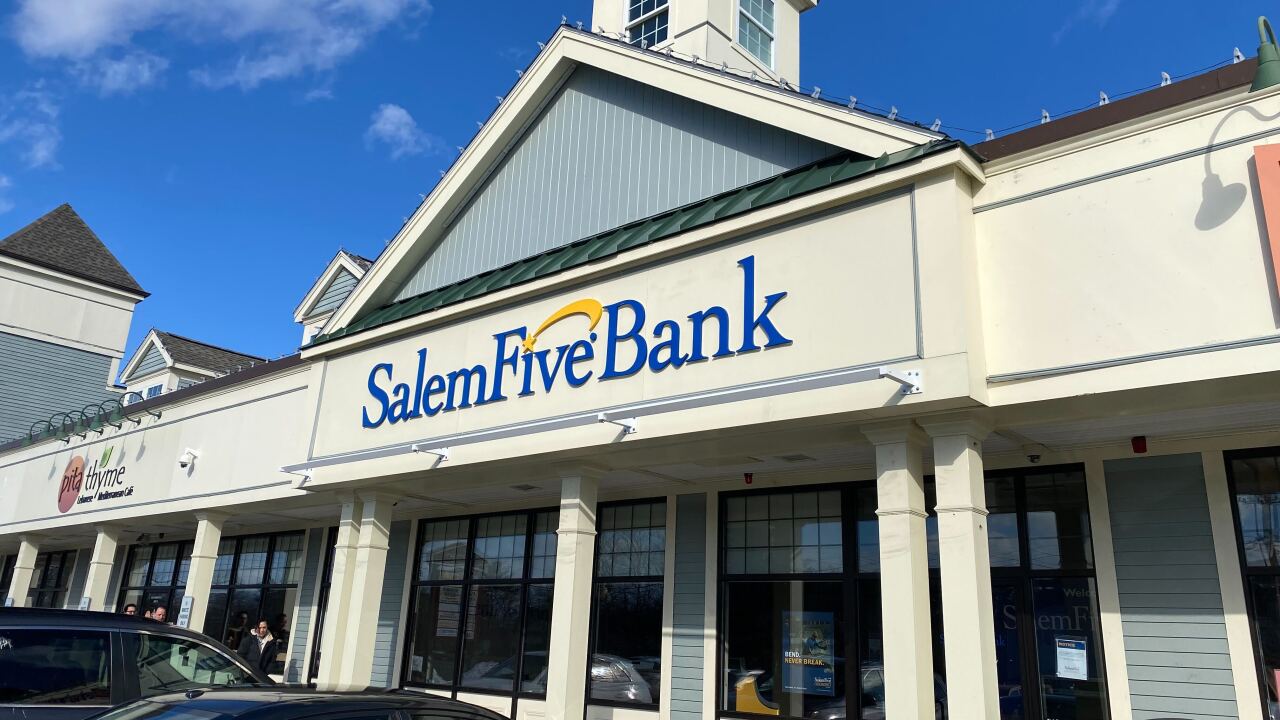From presidential candidates to state government officials to billionaire philanthropists, public figures across the country are espousing a wide range of proposals to relieve our nation’s $1.6 trillion student debt burden. While creative ideas abound, the fact remains that, for the foreseeable future, most students will still need to fund their college education by borrowing. Lending institutions should welcome the opportunity to build relationships with these highly valuable customers.

Student loan relief is not a new phenomenon. The Public Service Loan Forgiveness program, signed into law by President George W. Bush in 2007, allows borrowers who work in the public sector, such as teachers and social workers, to apply for debt cancellation after making 10 years’ worth of payments.
On the presidential campaign trail, Sen. Elizabeth Warren has
To help students avoid running up debt in the first place, at least 25 states now offer tuition-free programs for eligible enrollees at state schools. One of the most prominent of these programs is New York’s Excelsior Scholarship, which since 2017 has provided tuition-free education at the state’s public colleges and universities for families making up to $125,000 a year.
In addition, there have been high profile donations by public-spirited benefactors, such as Home Depot co-founder Kenneth Langone, who gifted $100 million to help the NYU School of Medicine become the nation’s first tuition-free medical school.
Most students still need to borrow
Despite the best intentions of government leaders and generous donors, the solutions currently in place or proposed have not made a dent in most students’ borrowing needs. The Department of Education has
Free tuition programs also have had a limited positive impact. The Excelsior Scholarship, for example, requires students to take 15 credits per semester to qualify, which has been a barrier to access, according to policy experts. Ambitious proposals such as those of Sens. Warren and Sanders are subject to the electoral process, as well as the ability to pass and fund enabling legislation. And wealthy donors who are willing to subsidize the entire cost of tuition are few and far between.
Meanwhile, the cost of college has continued to rise. According to a
Making borrowing easier for students
Given the reality that student debt is not going away anytime soon, banks and credit unions can play an important role in making borrowing more accessible and affordable. For example, many students and their families incorrectly assume government student loan programs are their only option. For many, however, private student loans are a viable alternative. Unlike federal student loans, which only bear fixed interest rates, private student loans may have fixed or variable rates. Borrowers may thus have lower monthly payments during the early repayment years, when they are starting their careers.
Similarly, lenders may offer options for refinancing either federal or private student loans, which could help lower interest rates or extend payments. For example, more than 300 bank and credit union partners have used LendKey’s digital “lending as a service” platform to originate over $3 billion in new or refinanced student loans.
For lenders, offering private student loans and refinancing solutions not only provides a service to customers – it’s also smart business. Such loans help to diversify a lender’s balance sheet and credit risk, add assets with relatively attractive yields, and offset potential decreases in commercial loan volume.
Perhaps most importantly, student loans can be the key to attracting and retaining a new generation of customers. Student loans are entry-level products that can help banks and credit unions build long-term relationships with millennial and Gen Z customers at an early stage in their financial lives. According to a study from research firm Cornerstone Advisors, the lifetime value of a student loan borrower who uses five additional products, such as a checking account, mortgage, credit card or investment account, could be nearly $23,000. For a portfolio of 100 borrowers, using between one and six additional products, the
Today, as traditional lenders grow more concerned about fintech disruptors, student loans also can provide an important competitive advantage. Studies show fintechs now
The ability to offer compelling student loan products – delivered on a digital platform with the same quality of user experience as a fintech – may not just be an opportunity for traditional lenders, but rather a vital necessity. While some institutions have addressed this need by acquiring fintechs, it may be faster and more cost-effective to partner with a lending-as-a-service platform that can provide the type of digital service that Millennial and Gen Z customers have come to expect.
There is no dispute that the mounting student loan debt is a serious problem for students, their families and the nation as a whole. But current loan forgiveness and tuition-subsidy programs have yet to make a meaningful impact, and the solutions proposed by political leaders may not become reality. Therefore, private student loans offered by credit unions and other institutions will continue be an important financial lifeline for borrowers – and a valuable part of the lender’s product portfolio.




